As we got in contact about the P45 review, Uwe asked
me for a short contribution on my experiences with the P45 in Switzerland.
Being a biologist who switched to photography completely 5 years ago,
I have chosen landscape, travel and nature photography as my main road.
20 years ago I started bw photography with a Toyo field 8x10” camera
doing all development stuff on my own. My backpack was about 25 kg including
the tripod.
Six years ago I started with digital photography as I ran
out of time during my “normal” business for large format
photography. One of the main motivations for doing so was the presence
of PiezoTone
inks developed by Jon Cone that helped me doing very nice bw work
on rag paper. Soon after I discovered ImagePrint by ColorByteSoftware
which helped a lot for perfect printing on the EPSON fineart printers
up to
nowadays in color and bw.
Today I am working with a Canon 1Ds MkII
for travel, people and food
photography and am very happy to own one of these new P45 backs
attached to my Hasselblad H1.
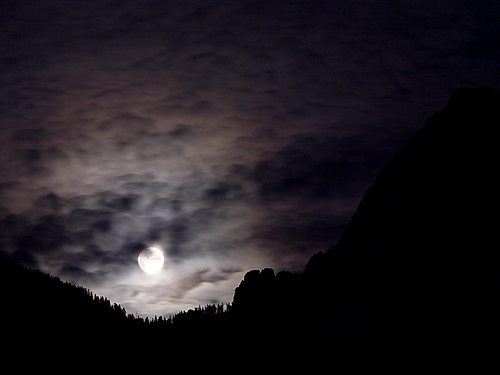
Recent experiences My
backpack with the P45, the H1 and 3 lenses is about 10 kg plus the
tripod. This is not bad – and even
less than my Canon backpack;) With this equipment I can climb
a mountain or cross a river! Up to now
the P45 did a great job. In the beginning there were some color
issues as the daylight profile was not quite ok. Now, having
downloaded the
latest profile patch, it is perfect – and much better than
one I did myself using ProfileMaker Pro.
The P45 stores 44 shots
on a 2 GB card and this in quite a short time. There is a delay
between the shots of about 3 seconds,
which is way too
long for a sports photographer, but ok for those who take minutes
changing the film after every capture. I am using SanDisk Extreme
3 cards and
they are working without any problem.
Temperature is not an issue
as I was able to capture at -10 °C. Sometimes
the camera did not “see” the lens anymore but the
back worked flawlessly. Humidity is much more of a problem as – mainly
under cold conditions – your nose is close to the back
and the humidity of respiration leaves its traces on the display – on
the surface not in the back. Since I have had a humidity problem
inside the back
shooting under a waterfall, I always carry a “raincoat” for
the H1/P45 with me. Interestingly enough humidity does not seem
to be a real issue for the sensor as I was taking pictures in
the botanic garden
outside (3 °C, 40 % humidity) and inside (30 °C, 100
% humidity) and I only had problems cleaning the lenses – but
no Hamilton effect on the sensor! If you look at the high price
of the P45, openings
and
cable contacts are not very well protected and leave some doubts
to me how far it will follow me into the wilderness. However
my former
P25
joined me for a three week trip to Madagascar and did not show
any problem. The main reason for choosing the P25 and the P45
was and still
is that
there are no fan holes in the body that might be easy entries
for dust and sand.
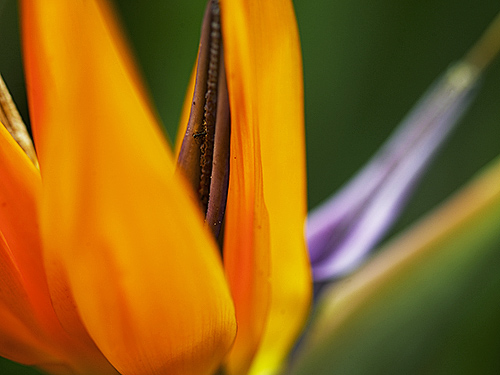
Dust is an issue the bigger the sensor gets. Fortunately
brushes from the Visible Dust clean the sensor in a very elegant
way. I do it at
least every day before shooting. There is always dust around
and there is a
lot of place for it in an MF body…
Image Quality
The RAW files are developed using CaptureOne Pro without
any sharpening, tone correction or artifact removal. In Photoshop
I use the Raw Presharpener
by Nik Software for initial unsharp masking. The files, which come
out from Capture One, are very smooth and highly saturated with
colors. The information in these files is really great – mainly after
presharpening – and to my eyes far superior to what I know
from 4x5”. Of course a 8x10” drum scan brings some more
information but this is quite close now.
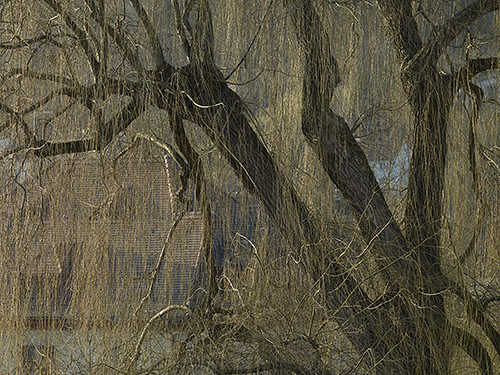
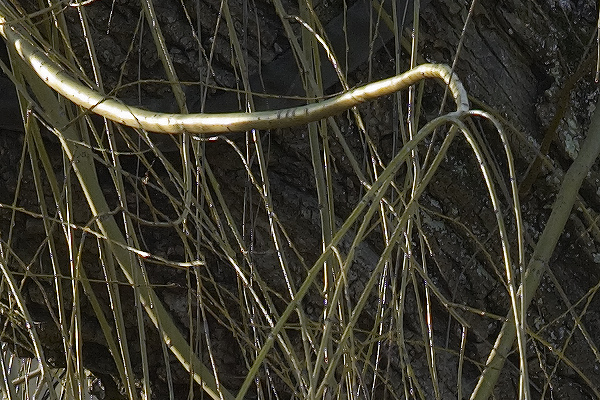
The original data used at 300 ppi gives me 24 x 18 inches (225
MB at 16-Bit). Normally, as I am always using a tripod, I use
50 ASA. 200
ASA is still very good, 400 ASA is a little bit noisy. Noise reduction
(dark exposure compensation) works very well. I have tested the P45
during nighttime for full moon captures and it performed
really well. If the moon would not have moved too fast, I would
have been able to go much higher than 30 seconds, which I have successfully
tested on the P25 in Venice.
Conclusion
The P45 gives me enough data for upsizing the prints using
the width of my EPSON 9800 44 inch printer or the Epson Stylus Pro
9000 running
on PiezoTone inks. Even if the 8x10” scans give me some
more data; I would never ever change this new race horse against
that format
again. The P45/H1 combination gives me a lot more freedom in
using these tools for landscape photography, close ups, telephoto,
panoramas
than I had in the “good old ages of large format photography”.
I can highly recommend it but I also do hope that the price will
drop to a level that landscape photographers can afford - as
this kind of
photography is not the field where you can earn a lot of money.
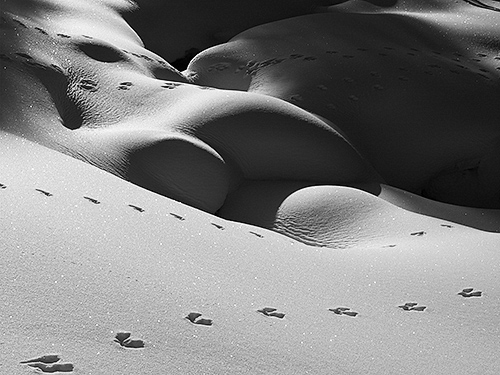
Markus Zuber is a professional photographer living in Switzerland.
He is also head of the company FineArtPix Ltd. http://www.markuszuber.com and http://www.fineartpix.ch. |